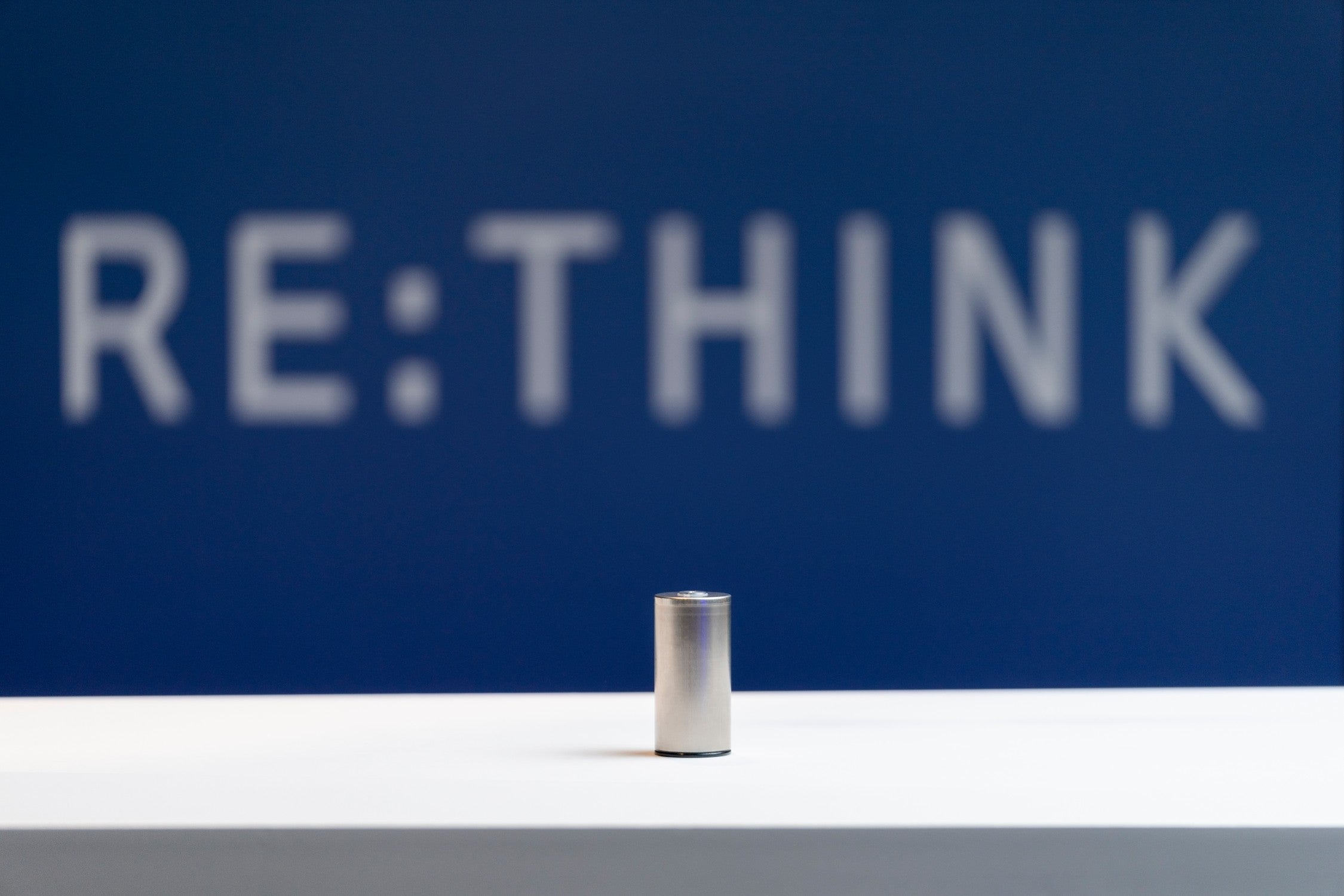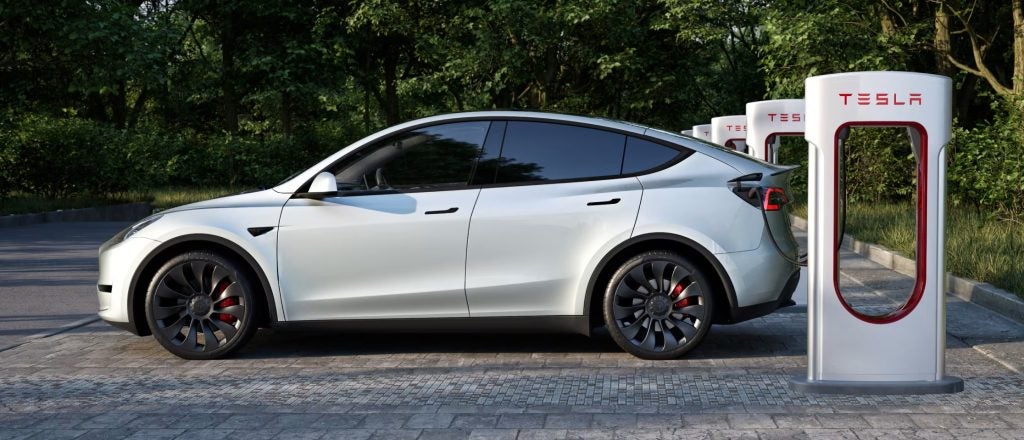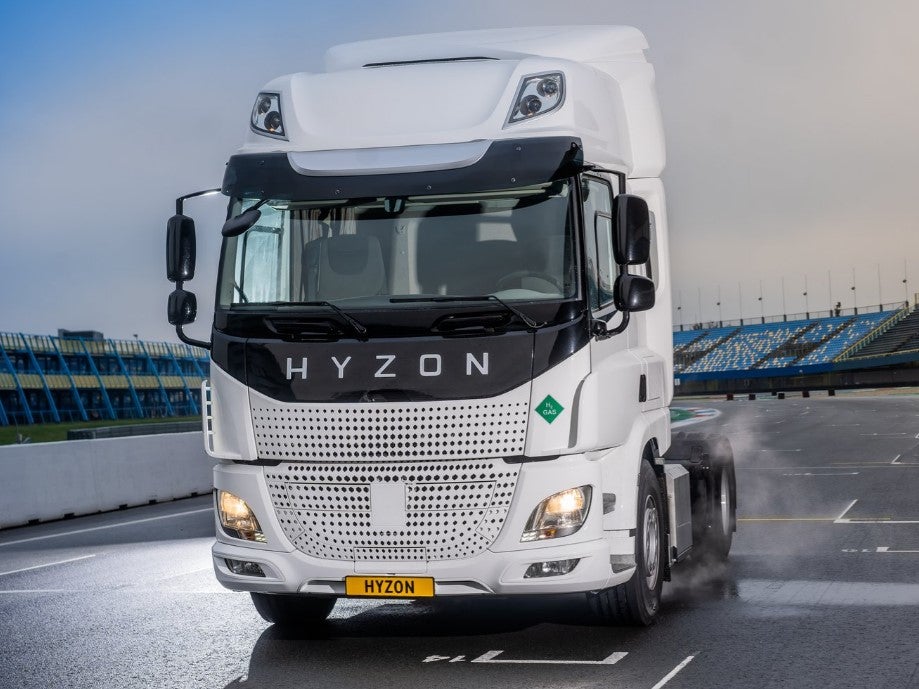
BMW has announced it will opt for cylindrical battery cells on its electric vehicles (EVs) for a new generation of vehicles to be made from 2025.
The decision to choose cylindrical cells means that BMW is following Tesla, with its 4680 cylindrical battery. The new generation batteries are optimised for the new vehicle architecture (‘NEUE KLASSE’) and BMW claims increased energy density of more than 20% for performance enhancements that include faster charging (up to 30% faster) and longer range (up to 30% more).
According to Frank Weber, member of the Board of Management of BMW AG responsible for Development: “We are also reducing CO2 emissions from cell production by up to 60 percent. These are big steps for sustainability and customer benefits.”
New cell factories
To supply the battery cells needed for the NEUE KLASSE, the BMW Group has awarded contracts in the two-digit billion-euro range for construction of battery cell factories to CATL and EVE Energy. Both partners will build two gigafactories in China and Europe. Each of the battery cell factories will have a total annual capacity of up to 20 GWh. Plans call for two more battery cell factories to be built in the North American free trade zone, USMCA, for which the partners have not yet been nominated.
The three regions where the battery cell factories will be built will also benefit economically from the creation of new supply chains, new networks for subcontractors and new jobs.
How well do you really know your competitors?
Access the most comprehensive Company Profiles on the market, powered by GlobalData. Save hours of research. Gain competitive edge.

Thank you!
Your download email will arrive shortly
Not ready to buy yet? Download a free sample
We are confident about the unique quality of our Company Profiles. However, we want you to make the most beneficial decision for your business, so we offer a free sample that you can download by submitting the below form
By GlobalDataJoachim Post, member of the Board of Management of BMW AG responsible for Purchasing and Supplier Network added: “We have also reached agreement with our partners that they will use a percentage of secondary material for the raw materials lithium, cobalt and nickel, as well as utilising green power for production, to ensure CO2-reduced manufacturing.”
Based on current market assumptions, BMW says costs can be reduced by up to 50 percent, compared to the current fifth generation batteries. The BMW Group has set itself the goal of bringing manufacturing costs for fully-electric models down to the same level as vehicles with combustion-engine technology.
Technological advances: new cell format and chemistry
For the sixth generation of BMW eDrive technology used in the NEUE KLASSE, the company has fundamentally refined the cell format and cell chemistry. With the new BMW round cell specially designed for the electric architecture of the NEUE KLASSE models, it will be possible to significantly increase the range of the highest-range model by up to 30 percent (according to WLTP).
The new BMW round cells come with a standard diameter of 46 millimetres and two different heights. Compared to the prismatic cells of the fifth BMW battery cell generation, the nickel content in the sixth-generation BMW round cells is higher on the cathode side, while the cobalt content is reduced. On the anode side, the silicon content will be increased. As a result, the cell’s volumetric energy density will improve by more than 20 percent.
The battery system plays a key role in the body structure of the NEUE KLASSE. Depending on the model, it can be flexibly integrated into the installation space to save space (“pack to open body”). The cell module level is thus eliminated.
The battery, drive train and charging technology in the NEUE KLASSE will also have a higher voltage of 800 volts. Among other things, this will optimise how energy is supplied to direct current high-power charging stations, which can achieve a much higher charging capacity with a current of up to 500 amperes – thus reducing the time it takes to charge the vehicle from 10 to 80 percent by up to 30 percent.







